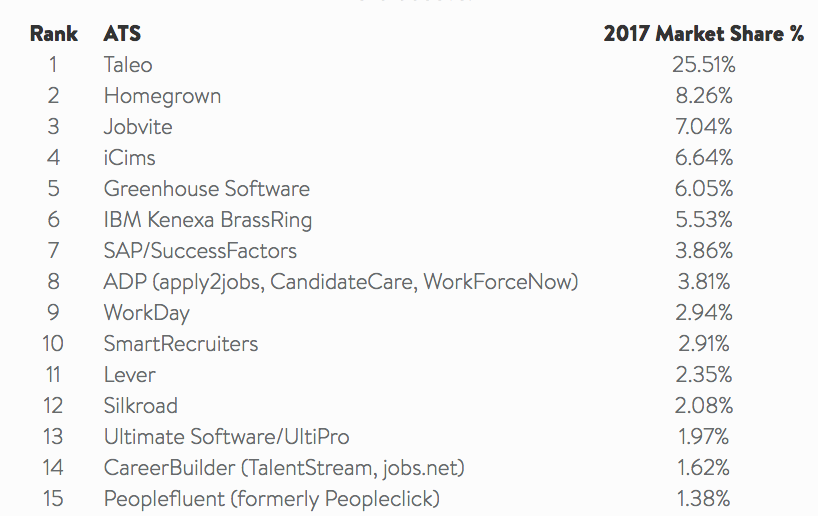A few years ago my parent’s house burned down. They were away on vacation and lightning struck the roof. Before the fire department could get there and put it out, most of the house was destroyed. 60+ years of memories and possessions, gone. In hindsight, it was a bit of a blessing; their house was at the age where everything was starting to need replacing, and my father was at the age, where he wanted to retire.
Those two things don’t go well together! Major home improvements equals major expense, and a fixed income. So, long-story-short, mother nature, and the insurance company, gave my folks a new house for a retirement gift! All is well that ends well, I guess.
This situation, though, led to some deep emotional conversations about what the wish they could have pulled out, if they knew this was going to happen. As you can imagine it was all the stuff you and I would want: our photos, our mementos, some favorite things that remind us of loved ones, or things that we were proud of.
I thought about this recently when having a conversation with a friend who just started a new position as the head of a large HR shop. His comment to me was:
“What I really need to do is burn this place down and start over!”
To which I replied, “well, isn’t there anything you would keep?” Bam! That is what he needed. He did need to burn it down, but there were definitely some things he needed to take out before lighting the match.
It’s a common practice that Leaders tend to do when taking on a new position. We tend to burn down our departments. Oh, we say we won’t, as we go around throwing gasoline on everything, and we say we aren’t rebuilding as we strap our tool belt on and start hammering away, but the truth is, most leaders want to remake their new departments into what they want, not what it was.
So, I’ll ask you to take a few moments today and think about the concept of burning down your HR or TA department. What would you pull out and save? What would you happily allow to burn up? What would you miss?
Every day we owe it to our organizations to get better. You don’t have to burn down the department to get better, but you do need to get rid of those things you know you would easily allow to burn up!


